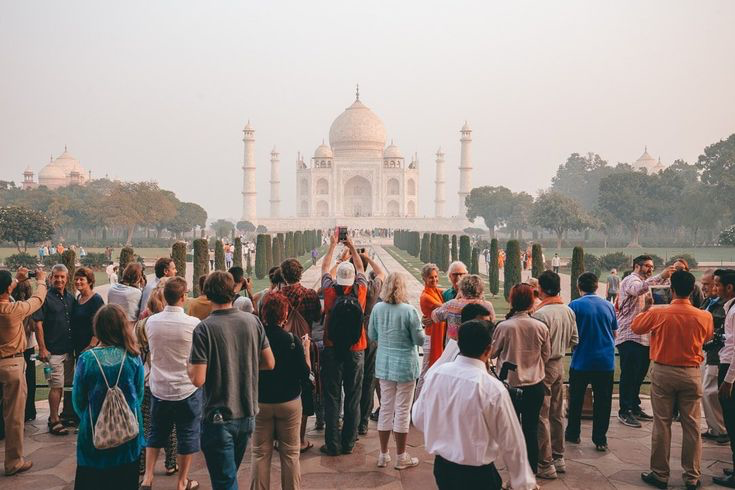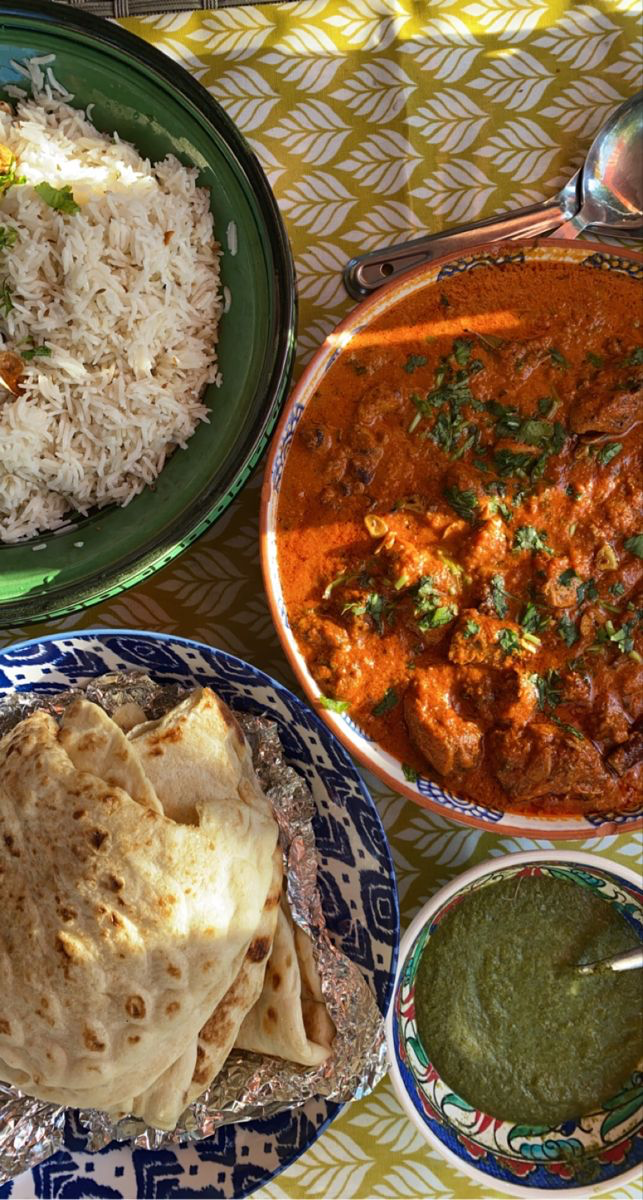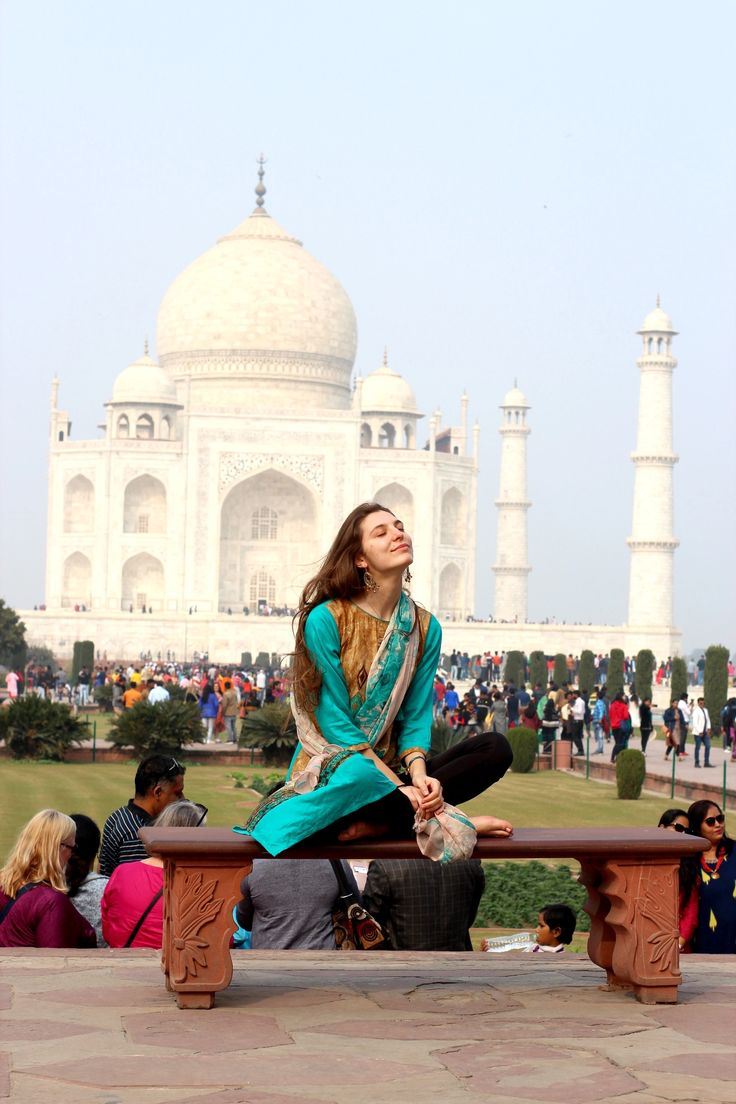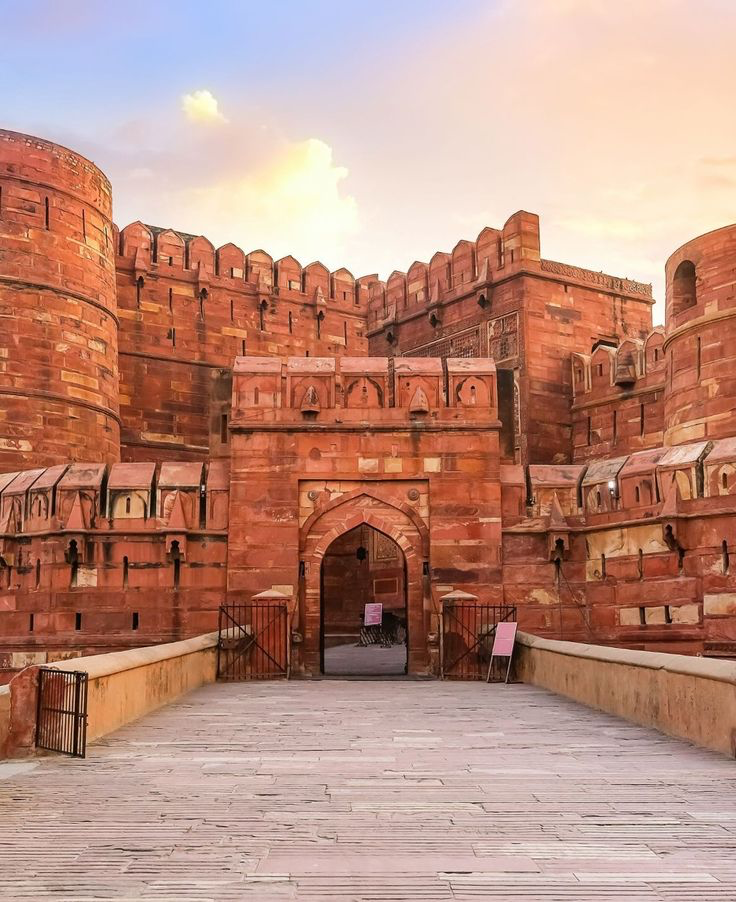Here's a brief dive into the rich historical and cultural tapestry of the Taj Mahal and Agra:
Architectural Marvel: Constructed between 1632 and 1653, the Taj Mahal is a mausoleum located in Agra, India. It was built by the Mughal Emperor Shah Jahan to house the tomb of his beloved wife, Mumtaz Mahal. Its design is a blend of Persian, Turkish, and Indian architectural styles, which is why it's often described as the pinnacle of Mughal architecture.
Symbol of Love: It's not just a building; it's a monument to love. Shah Jahan's grief and devotion are literally set in stone
Mughal Capital: Agra was the capital of the Mughal Empire during the reigns of Akbar, Jahangir, Shah Jahan, and part of Aurangzeb's rule. This period saw an immense growth in art, culture, and architecture.
Agra Fort: Just a stone's throw from the Taj Mahal lies the Agra Fort, another UNESCO site, which served as the main residence of the Mughal emperors
When visiting, one can appreciate not just the beauty of the Taj Mahal but also understand the broader historical narrative of Agra. It's a narrative of power, love, art, and the confluence of cultures, each leaving its indelible mark on the city's skyline and its heart








.svg)
.svg)









.svg)


.svg)


.svg)

